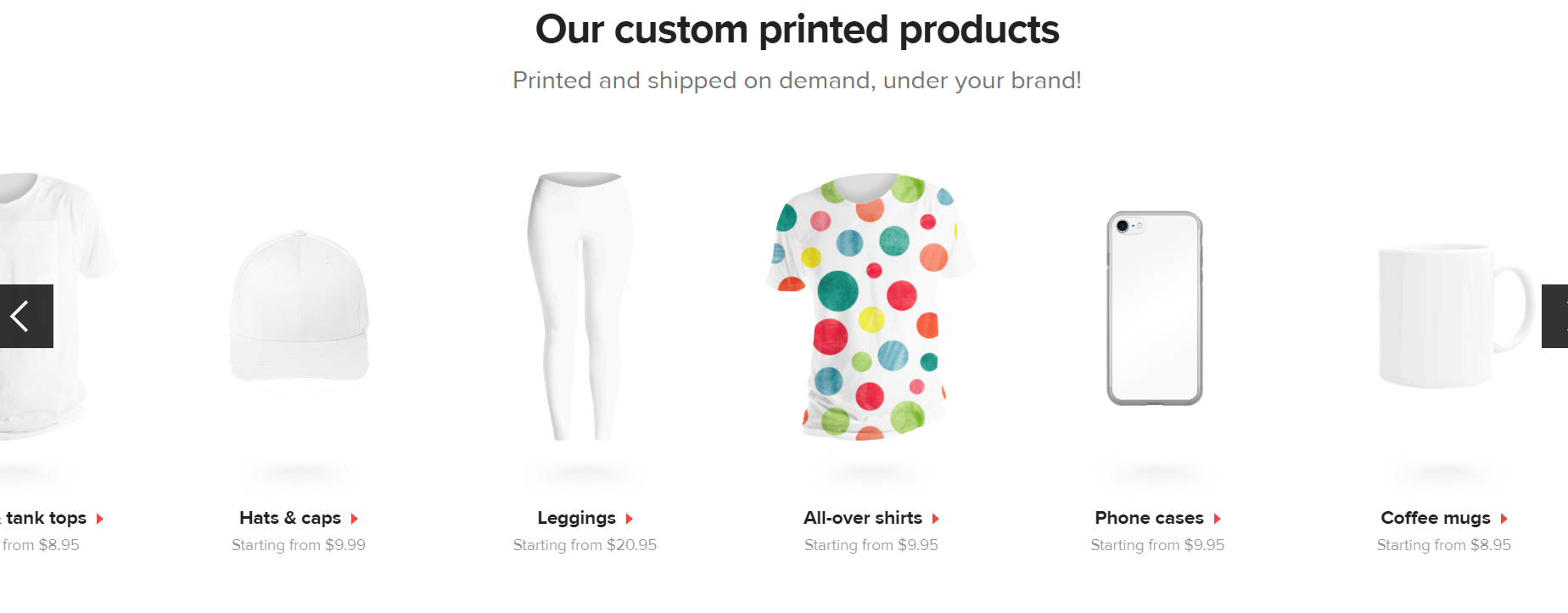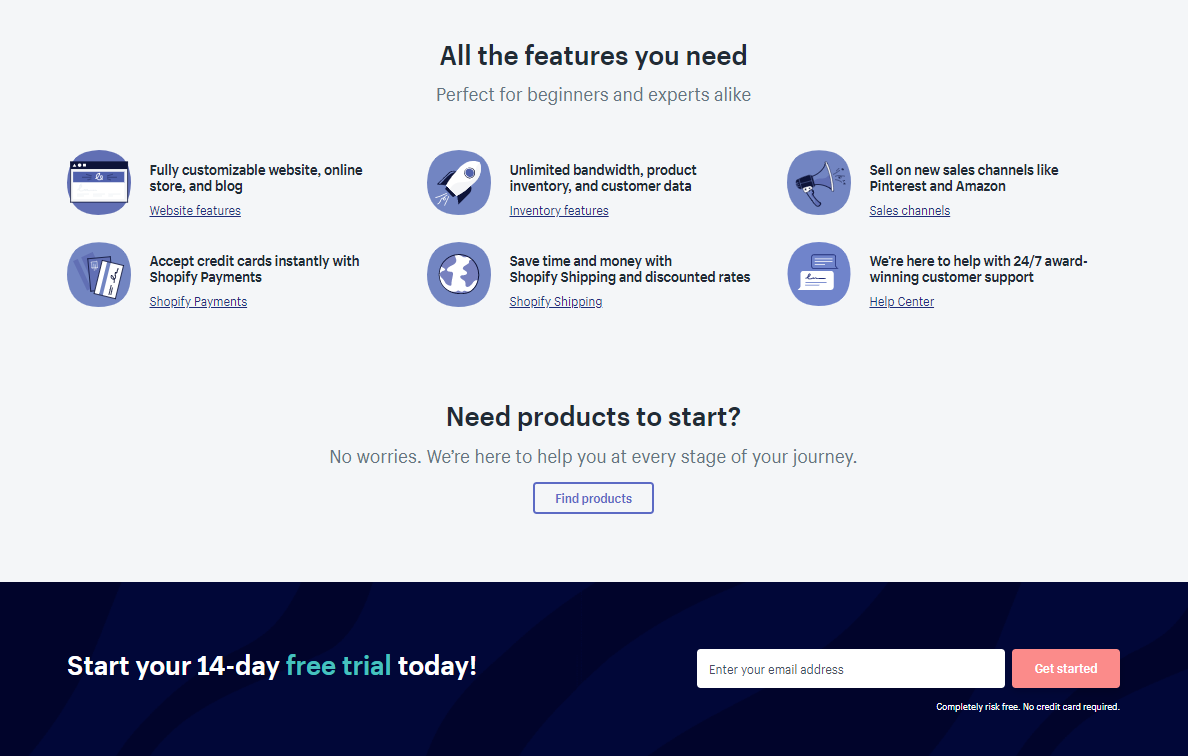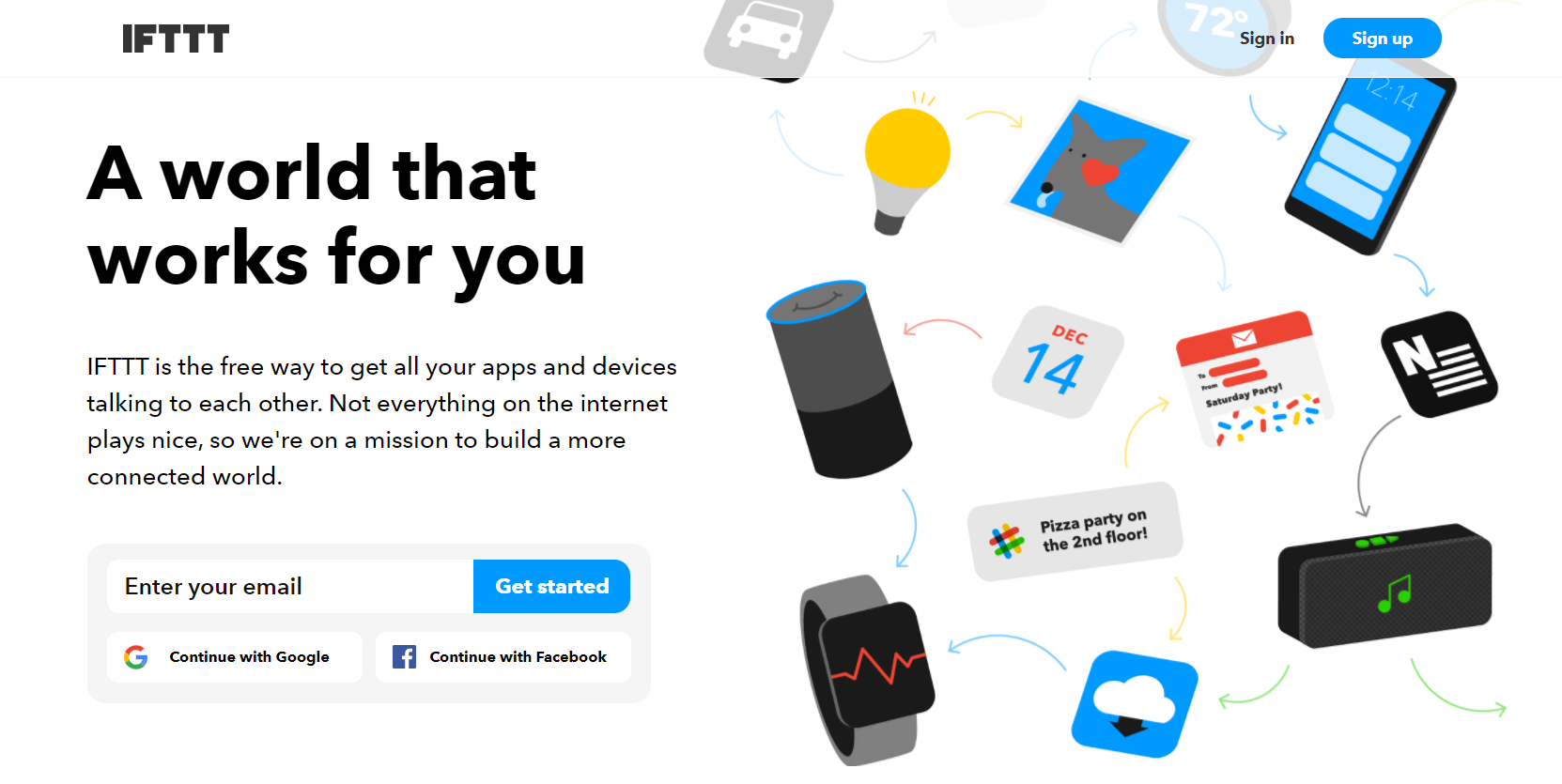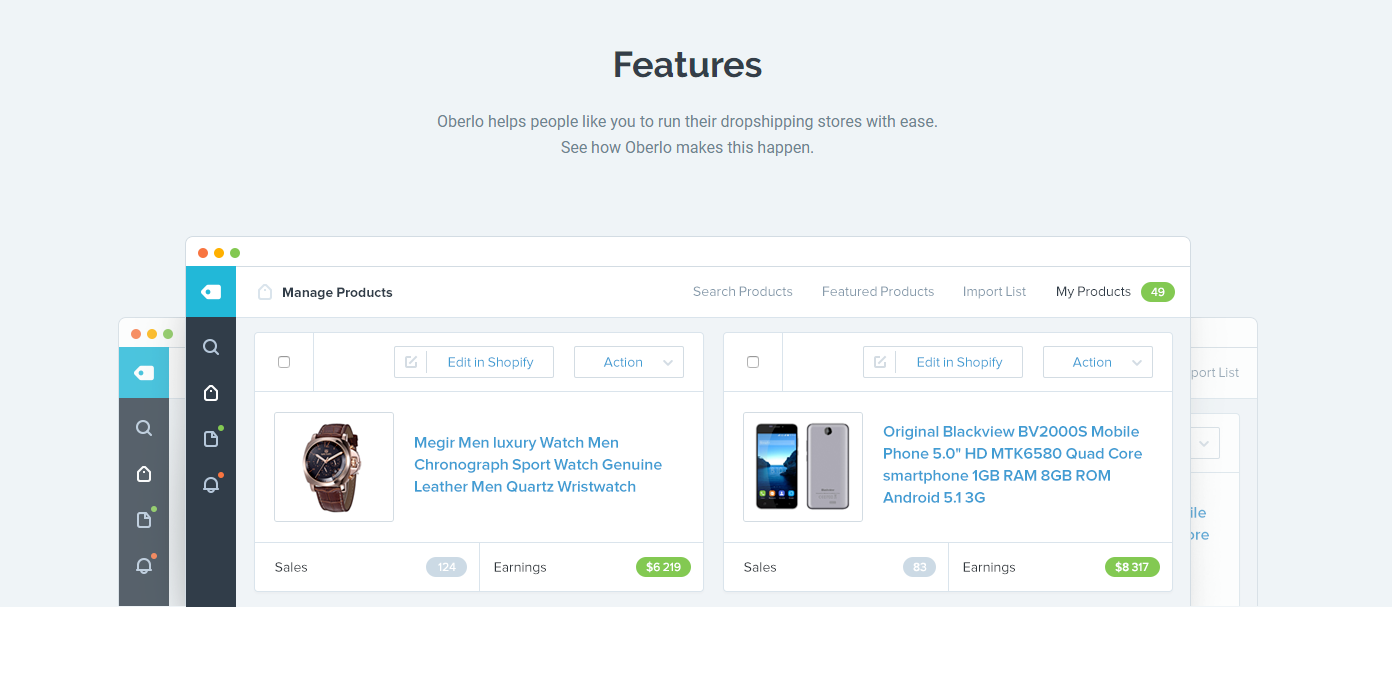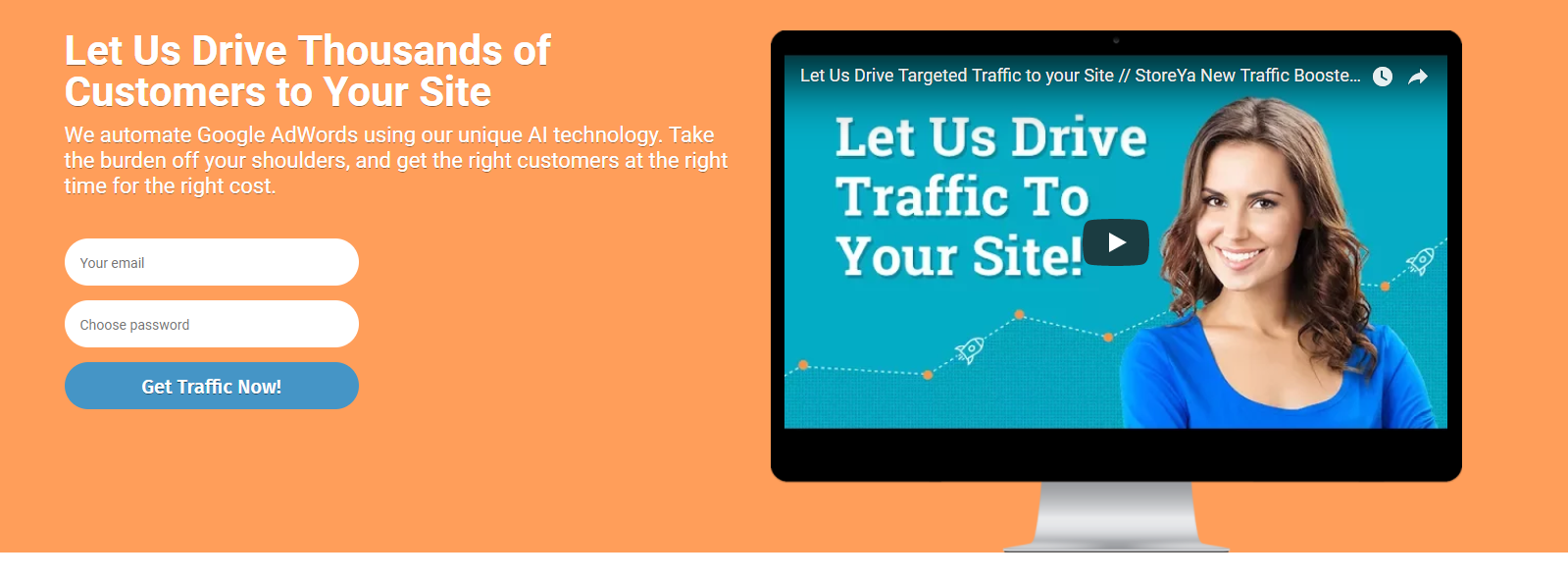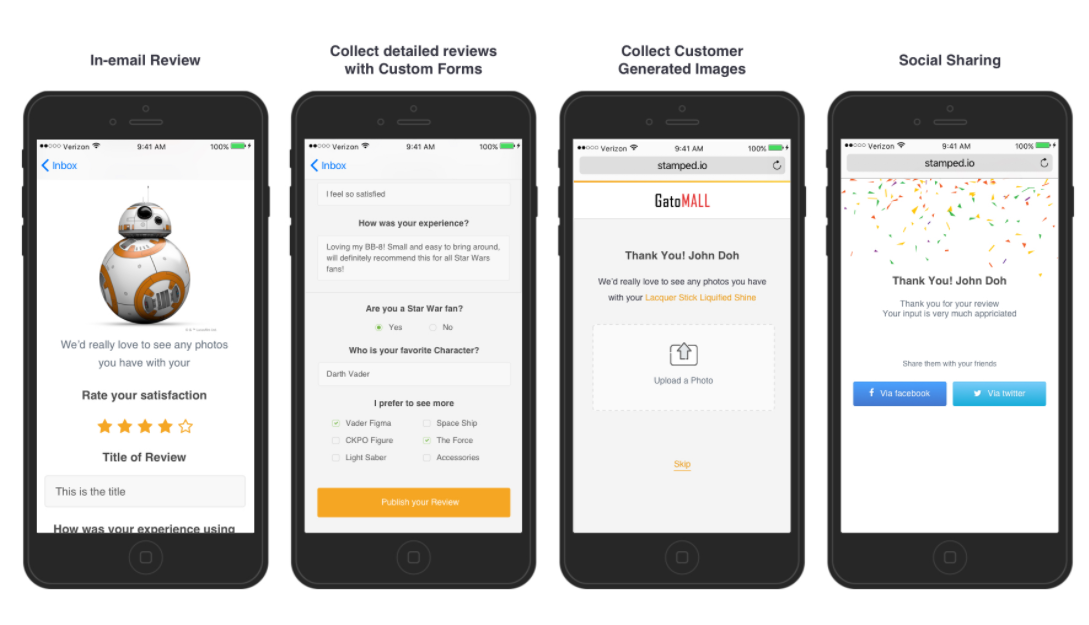So you’re stuck in a 9-5, but what you really want to do is spread your eCommerce entrepreneur wings and break into the online store business. I get it, you want to be your own boss, to earn money for the effort you are putting in, have the freedom of being able to work anywhere, anytime.
However, most of us don’t have the luxury of just up and quitting our jobs without knowing where our next income is coming from. And for a lot of us, it’s the chicken or the egg conundrum…What comes first? What if I told you there is really nothing stopping you from starting your online business while working your 9-5, is there?
The trick to starting a successful side-hustle that can grow into a big enough business to finally quit that job depends on these four things:
- Having a clear business goal
- Being a time-managing wizard
- Understanding that what you put in, is what you will get out
- Always treating your side-hustle with the same panache as full-time business
The bottom line is that until you quit your full-time job you’re going to have to do what full-time entrepreneurs do in half the time. But it doesn’t have to be as difficult as it sounds and it can be done. You can either decide that you’re going to do, it or not, just ask Gary V…
With the right attitude, planning, time management and vision, 2018 can be your year! Your year to start and build your online business so that you can finally quit your 9-5 and be the eCommerce entrepreneur you’ve always wanted to be.
And you can do it.; We believe in you!
In this post we will take you through the practical steps on how you can build an online business, from choosing your first product to getting your first sale, and give you our top eCommerce side-hustle tips on how to build up your business in the little time you have.
How to Build on Online Store in 5 Steps
Step 1: Choose Your Niche
Before you do anything, pick the niche you want to build your online business around. Here’s the thing though, don’t chase the big-money niches if you have no interest in them. To really succeed at eCommerce you need to feel passionate about the niche you’re selling in. When you are starting a sideline business, where enthusiasm is even more important and time is tight, this is even more crucial.
You need to find a balance between what is profitable (where there is a gap in the market where potential shoppers are waiting to buy what you’re selling), what you can become an authority in (what you know a lot about and where you can add value), and where you feel the most comfortable enough with to put in those extra hours.
Why should you choose your niche, before you choose your products? It will give you a much better understanding of who your target audience will be and because product popularity comes and goes — building your business around a niche, not a product, helps you sustain long term.
Bonus Tip: How to Find a Profitable Niche for Your Online Store
Step 2: Choose Your Product
Next it’s time to choose your products. What are you going to be selling in your niche. Are you going to be making your own products, creating digital products or dropshipping? It’s important to think of this before you start building your store as this will ensure you build your store around the types of products you are selling and your ideal audience.
From bath bombs to online courses, there are tons of products you can make yourself to sell online. If you don’t have the time to make your own, then why not try dropshipping with platforms such as Printful.
It’s important to understand though, that even if you decide that dropshipping will help eliminate a lot of the ‘work’ that would come with creating your own products, that doesn’t mean that launching 100 products at the same time isn’t going to overwhelm you into failure.
The trick: start small. Start with a number of products you are comfortable with and that you can handle on your own as you build your business while providing awesome service and good products. This will also ensure you’re able to scale your business as you grow.
Bonus Tip: 9 Must-Know Dropshipping Tips for New Entrepreneurs
Step: 3: Choosing Your Platform
Next it is time to choose your eCommerce platform. Yes budget is important and as we know money is super tight in the beginning. But think long term and choose the platform that you1) Feel more comfortable using and 2) Which is best suited to help you grow your business
Online store platforms can be either hosted or downloadable.
Hosted platforms are your all-in-one platforms such as Shopify, where you pay one monthly fee for your hosted website that you can build with templates and app addons. This is a popular choice for budding eCommerce entrepreneurs who are looking for one solution where minimum tech skill is needed.
Downloadable platforms are for those online store owners who want more customization. A good example of this type is WooCommerce, a WordPress plugin. The plug in is essentially free, but to set up a store you will need to buy your domain and hosting separately and may need to invest a little more time and money into developing your store.
Choosing the right platform should be based on your specific needs. If you aren’t tech minded at all and don’t have the time or money to invest in learning some new skills, then starting off with Shopify may be your easiest solution. If you’re like me and have some WordPress know-how or like more control over building your site, then WooCommerce is the way to go for you.
I suggest making use of free trials before committing financially, such as with Shopify’s free, no-hassle 14 day trial.
Step 4: Set Your Marketing Plan & Budgets
Once you know what you’re selling, who you’re trying to sell it to and on which platform you will be doing it, it’s time to put together your marketing budget. Yes, starting your online business is tough on the budget, but as the famous saying goes: It takes money to make money. eCommerce is no different. That’s not to say you need to start with a huge budget. You want to start with small budgets and scale those that are successful and dump those that aren’t.
Here is a list of minimum things every new eCommerce entrepreneur should include in their marketing plan:
- Email marketing. Email marketing is one of the most cost effective and successful marketing tools for online store owners. When you’re starting out, you can get away with free email marketing platforms and do the emails yourself, essentially costing you very little but your time. These include automated emails such as abandoned cart emails.
- AdWords. SEO takes time to build; for instant traffic, you need search ads!
- Facebook Ads. Facebook and AdWords are leaders in paid traffic. While AdWords will send traffic based on keywords, Facebook will give you interest-based targeting options – both offering great ROIs (return on investment).
- A content marketing strategy. Video and blog content is a must to ensuring you become an authority in your niche. You can start small by creating one or two posts per month minimum and scale your content marketing accordingly.
Step 5: Automate Everything (Within Reason)
The final step is to automate as much of your business as possible. As I mentioned in the beginning of this post, building a successful online business that will let you eventually quit your 9-5 job, takes time and dedication. By using scheduling and automation tools you can save valuable admin time.
From scheduling your Facebook posts in bulk, to using tools such as Traffic Booster that will run and optimize your AdWords campaigns for you, there are bunch of tools out there designed to make an eCommerce entrepreneurs life easier.
Here are some tools that can help you get started:
- IFTTT to streamline your admin and get all your apps talking to each other.
- Oberlo to import the copy, images, and product info directly from AliExpress onto your store.
- Traffic Booster for AdWords campaigns.
- Product Reviews Addon an automation tool for collecting reviews.
- MailChimp for email automation.
Pro Tip:
Don’t schedule or automate the human touch out of your online store. As we know, personalization is a big eCommerce trend this year. So segment your mailing lists, reply in person where possible and try to keep up the impression that people are dealing with humans, not a machine.
5 Tips on How to Streamline Your eCommerce Business So that You Can Quit Your 9-5
1. Do Regular Attitude Checks
Starting your own business, especially when you start it as a sideline before you quit your 9-5, takes dedication and hard work. There are going to be days when you will feel like you want to give up; when motivation fails you. This comes with the territory, and know “this too shall pass…”
Doing a regular attitude check will help keep you positive while also ensuring that you are dealing with customers in a upbeat way, no matter how bad your day has been. Follow the big guys like Gary V on Facebook to keep your newsfeed full of awesome, go-getting content and get onto the best eCommerce Facebook groups and feed your motivation.
Here’s a great motivation video to get you started and give you deeper understanding into what drives motivation.
2. Think Big Start Small
If you’re expecting to wake up to thousands of sales overnight, then think again. Building a good online business is not a sprint, it’s a marathon. Go step-by-step, slowly scaling your business as you go.
Just because you are starting small, doesn’t mean you shouldn’t be thinking big. Everything you do will be building towards your long-term business goals, whether it’s SEO or product choosing, each step is helping you grow. So go slow and steady, but keep your eyes on the prize: your end goal of being a full time business owner.
3. Schedule, Schedule, Schedule
Setting small goals and splitting your to-do’s into smaller tasks can also help you feel less overwhelmed as you start your business after hours, while laying the organizational foundation for when you go full-time.
Scheduling time for tasks is super important, especially if you’re like me and are a huge procrastinator. It’s even more important though when you have a lot of stuff to get done, and so much less time to do it in. Use tools such as Trello to help you set up your tasks in a manageable way.
5. Know When to Outsource
This is where you need to get very honest with yourself by asking yourself these two questions:
- Where are my skills lacking?
- How much is my time worth to me?
As you scale your business, you are going to get too busy or start to understand that you can’t afford to do everything yourself.
I am a blogger, a pretty good marketer, I find navigating WordPress and Shopify platforms a breeze and I can tell you where to optimize, how to optimize and get that PPC reach, but when it comes to AdWords management for myself, I suck at it. Partly because I just hate doing it and partly because I just don’t have the time to put the effort in that it needs to be successful. So to save aggravation, time and money (spending slightly more to ensure lots more traffic means better ROIs) I outsource this to our AdWords Traffic Booster gurus.
The point is: you can’t be good at everything and as you become busier you want to ensure that your tasks are still done well enough to bring in those sales. The answer to this is outsourcing. Use the automation apps suggested, hire a content writer, use UGC as social media content, find sales funnel experts and copywriters to leave you the time to work on what you’re good at.
Bonus Tips: eCommerce Entrepreneur’s Guide to Finding Freelancers
Conclusion: Keep Your Eye on the Prize
Remember what you’re working for…your own business and finally telling your full-time job to suck it! Keep your focus, your eye on that prize. Yes, initially it will be tough and it will take your evenings and your weekends and you need to have a lot of patience and focus. And there will be days when you put your hands up and say ‘why am I doing this!’But remember, just as Rome wasn’t built in a day, neither is an online business.
To stay motivated, keep your eye on that prize, and remember to check in with me every week for new tips that can help you build your dream online business. Have comments or questions, I would love to hear from you! Post them in the comments below.

Nicole is a content writer at StoreYa with over sixteen years experience and flair for storytelling. She runs on a healthy dose of caffeine and enthusiasm. When she's not researching the next content trend or creating informative small business content, she's an avid beachgoer, coffee shop junkie and hangs out on LinkedIn.
Recommended articles
 Facebook Ads for eCommerce: 16 Strategies, Examples & Tips
Facebook Ads for eCommerce: 16 Strategies, Examples & Tips
 How to Build a Winning eCommerce Ads Strategy
How to Build a Winning eCommerce Ads Strategy
 Google Ads for eCommerce: Everything You Need to Know
Google Ads for eCommerce: Everything You Need to Know
 10X Your Traffic with PPC Management Software
10X Your Traffic with PPC Management Software
Comments
Powered by Facebook Comments
